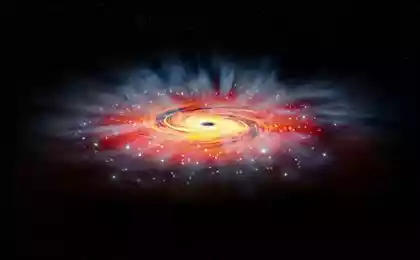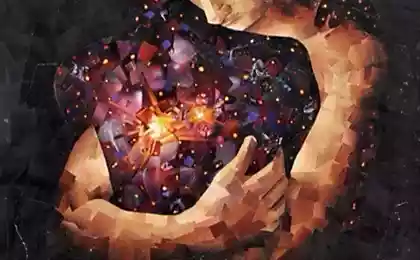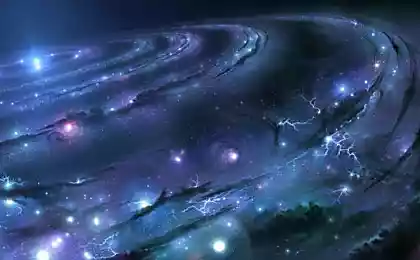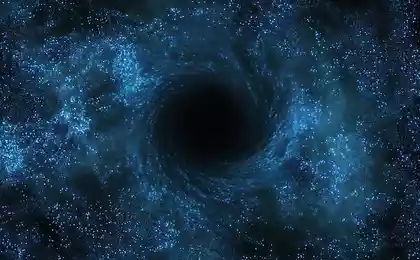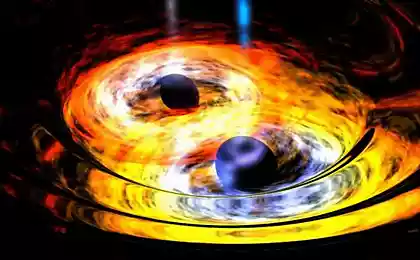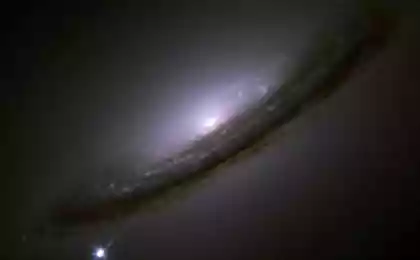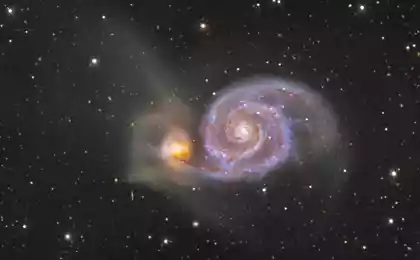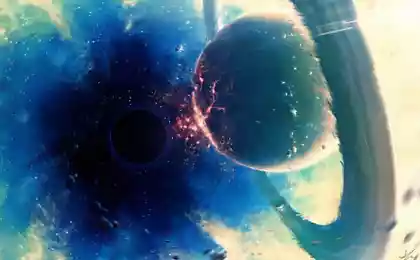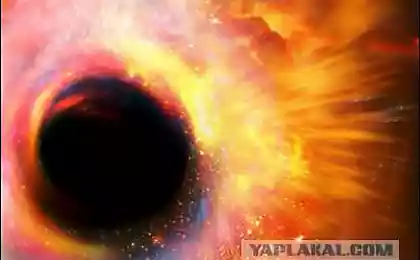1457
In the center of our galaxy discovered black hole candidates medium size
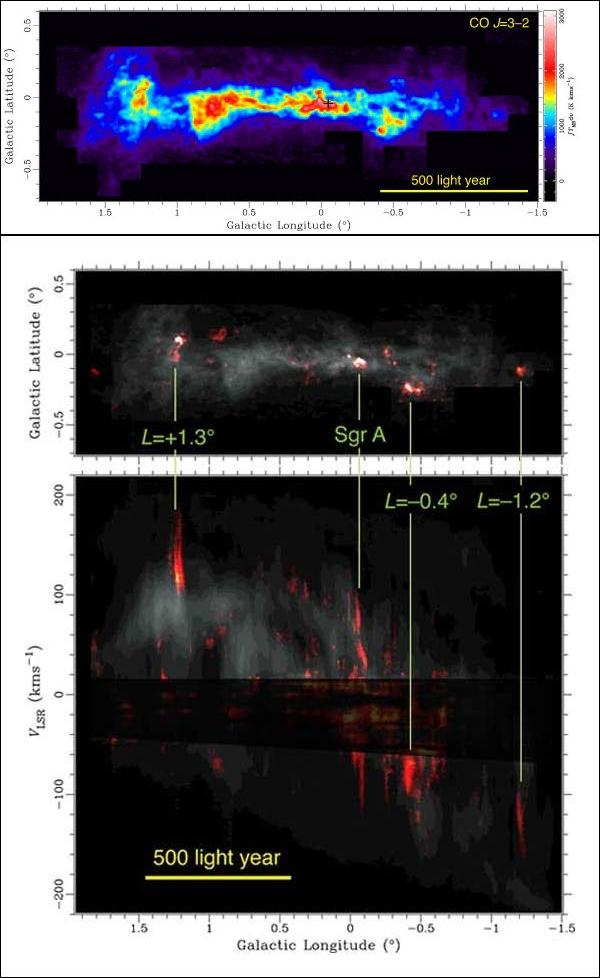
Astronomers from the University of Keio (Japan), led by Professor Tomoharu Oka found the claimant to the title of the first well-known in our galaxy, the black hole of medium size. The discovery was made with the active participation of the 10-meter telescope ASTE and 45-meter radio telescope NRO.
Moreover, it is possible, once found three candidates. They are about 30 000 light-years away, in the direction of Sagittarius and the center of the Milky Way.
The distribution of molecular gas at the center of our galaxy: black cross marks Sagittarius A *, the supermassive black hole is located where. In addition to the cloud around it, scientists have discovered three more clouds, within which may be a medium-sized black hole.
Discovered by Japanese researchers in the core of the Milky Way clouds three warm (50 K) interstellar gas (L = +1, 3˚, L = -0, 4˚ and L = -1, 2˚) have substantial density - more than 10,000 hydrogen molecules per cubic centimeter. Usually so dense and hot interstellar standards for cloud formed after the supernova explosion.
That's only in the simulation turned out that the biggest cloud (L = +1, 3˚) has such parameters, which could be formed only in the explosion of 200 supernovae. But the age of the cloud is 60 thousand. Years - and thus, supernova explosions occurred on average every 300 years. Consequently, in the bulk of the three gas clouds exist hidden from direct observation of a huge star cluster, by weight of approximately 100 thousand. Suns. Similar clusters smaller appear to exist in other clouds.
Another feature of the observed objects was a certain similarity with their fourth - located very near Sagittarius A *. This significant size radio source, which is a black hole with a mass of more than 4 million solar, surrounded by a cloud of hot gas orbiting the central black hole. Three newly discovered clouds can not boast of such a mass, but also rotate - though at much lower speeds; at the same time they are larger and show expansion caused by the recent multiple supernova explosions.
Now scientists are trying to find in the findings of the individual super-fast moving gas clumps, as only they can resolve the doubt whether there is in these gas clouds massive black holes. In the cloud, L = -0, 4˚ required already found, with both gas "lump" move much faster than the surrounding gas masses.
If observations will confirm the initial determination of the rotation around an invisible third point in the center, you can declare the presence in the cloud of the black hole mass medium - the first of its kind in the black hole of our galaxy.
Given the strong similarity of the two other newly discovered molecular clouds, most likely, and they are also havens BH medium in size and weight.

Star clusters inside the three newly discovered clouds may have in your heart for a black hole of medium size. (Here and above illustration Keio University.)
As the researchers note, the center of the galaxy - the most favorable place for the formation of large BH: at some point the stars come together here to a very short distance, and gravitational collapse of one of them forms a black hole in a place where it can continuously absorb gas and other stars, rapidly increasing weight.
If the hypothesis of the existence of gas clouds in three medium-sized black hole is confirmed, need appropriate theoretical research. Recall that almost all known black hole in our galaxy or small (on the order of a large mass stars) or supermassive as Sagittarius A *. No middle BH even spawned theories about different mechanism of formation of large and small black hole, which can now be discarded as unnecessary.
No less interesting is the question of the future of public hypothetical black hole. They can either merge with each other, after absorbing a huge mass of gas, or even with Sagittarius A *. In any case, they will provide further heating of the gas in the surrounding areas, and perhaps even x-ray glow from their accretion disks, similar to that recently took place in the nucleus of the Milky Way.
Relevant research published in the Astrophysical Journal Supplement Series.
Lunar spots may be the key to effective protection of astronauts from radiation
Detect dark matter particles XENON100 detector has not yet been

